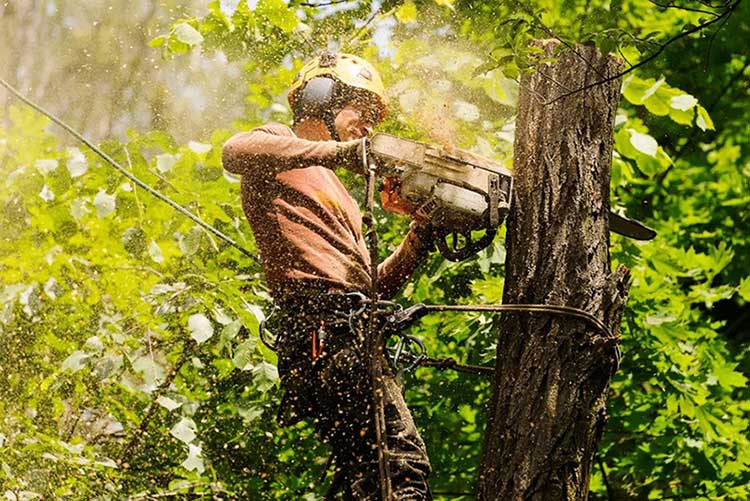Trees are magnificent gifts from nature that add beauty to our landscape. They help keep our environment fresh and cool during hot summer days while helping slow down heat loss during winter. However, there are instances when trees need to be removed for various reasons. This may be because of old age, weakness due to diseases or pest infestation, or damage from a storm).
Removal of a large tree and its stump is not an easy feat, especially if it’s from a cramped place. There are numerous safety risks that can place nearby properties, establishments, and even people at risk. It’s best to leave the process itself to experts, considering how every step requires skill and experience.
Here’s what it takes for professionals to cut down trees from cramped spaces:
First Things First—Safety Measures
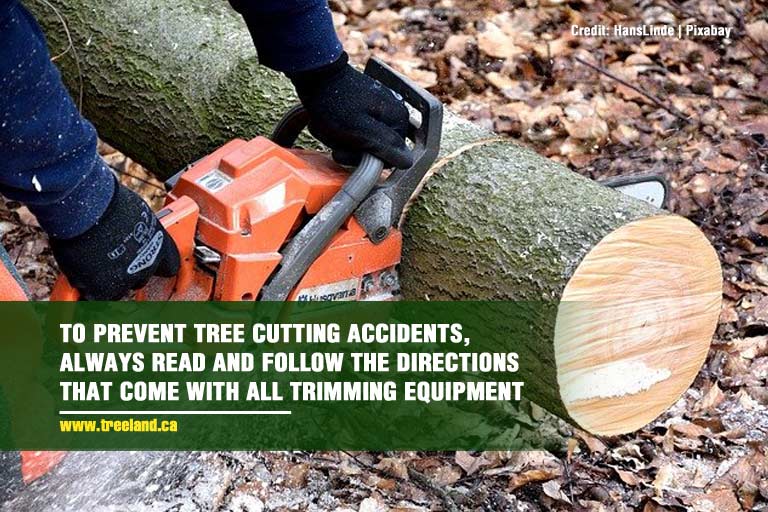
Since cutting off trees is a risky task, it’s important to observe safety precautions at all times. Before removing a tree from a certain place, experts must:
- Check if all tools are in safe working condition.
- Utilize new and well-maintained cutting blades and shears.
- To avoid slipping, secure the extension ladder to the tree using a rope.
- Wear protective footwear, a hard hat, and gloves.
- Communicate with crews about plans and landing zones.
- Ask for assistance in cutting trunk sections and falling branches.
Safety measures are crucial when cutting down trees to keep yourself safe from risks in the work zone.
Make Sure to Clear the Area
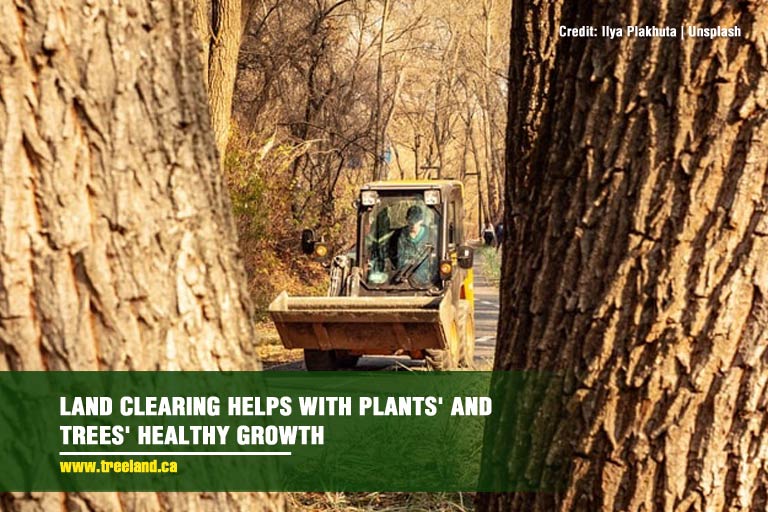
Prior to the cutting session, clearing vehicles and any non-stationary equipment from the site is critical to prevent damage from trunk sections or falling branches. Apart from that, make sure to do the following:
- Move lawn decor away from the drop zone where tree branches may fall.
- To prevent injuries, make sure the area is free from kids, pets, and people roaming around.
- To make it easy to navigate the area, trim back plants or shrubs near the tree that is about to be cut off.
Using Bucket Trucks and Other Necessary Equipment
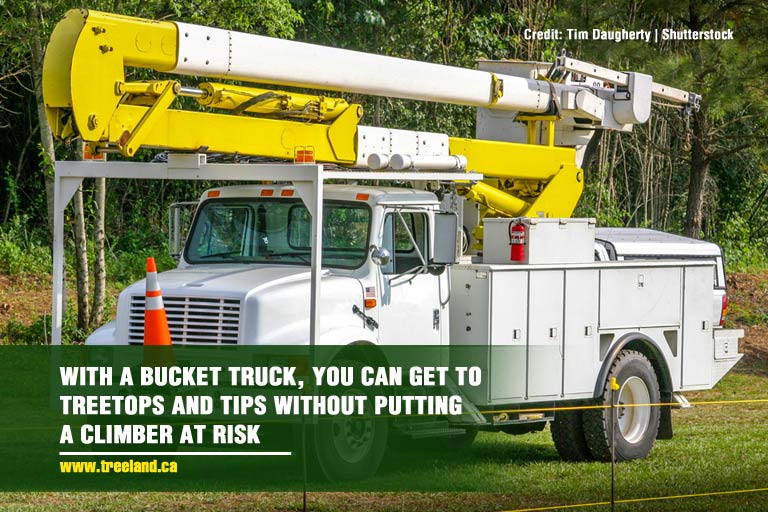
Professional tree cutters always take the utmost safety measures when contracted to move or cut large trees. A great way to keep themselves, the clients, and the property safe. Working within cramped places makes the task even riskier. Here are the steps on how they take huge trees from small-scale areas:
- They will lift a crew member up using a bucket truck and move it to an area where they will remove the first part.
- After placing the bucket truck in the designated area, the arborist will slowly and properly cut off small pieces.
- Before the small pieces are removed, each section will be tied around. Doing so will help lower the pieces safely to the ground without hitting any vehicles, houses, buildings, or people. The experts will do this over and over again until the higher parts of the tree are completely removed.
- After removing the tree’s higher branches and canopy, the crew members will start moving down the tree trunk.
- After the tree has been completely removed together with its parts, everything will be loaded into the trailer. The entire crew will haul the tree away from the client’s property.
Eliminating the Tree Stump
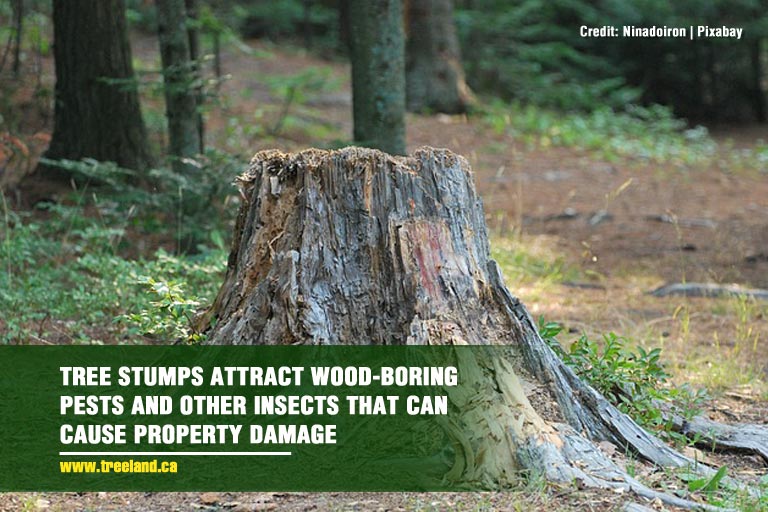
The crew will begin with the big tree stump removal after the rest of the tree has been completely eliminated. Take note that stump removal can be performed only if the client specifically requests for it. However, it is recommended to eliminate the tree stump since it can attract pests as it starts to rot. If it’s close to a building, this yields unwanted outcomes, like pest invasion to your establishment.
- For smaller trees, you can dig a stump out by hand or with a shovel to expose its roots. Using an axe, remove the roots then pull them out with a handsaw.
- Compost the roots if you want to reuse them.
- Use another method or tool in case the stump is too large, since using a shovel isn’t that feasible for massive trees.
- Using a chemical stump remover is better for stubborn stumps. If the stump is too massive to dig out, you need to drill 4 to 8 holes into it. Then, pour the chemical remover into each hole.
- Make sure to read the chemical remover’s instructions so you know when to pour the chemical and when it’s all right to finally dig the stump out.
- Ask your local fire department if it’s prohibited to burn a tree stump in your area. If it’s acceptable, set the stump on fire by placing scrap wood on top of it. Once the stump has burned completely, extinguish the fire. Then, dig out the roots and ash with a shovel.
- Never leave while the stump is still burning. Make sure there’s a fire extinguisher on hand in case of a fire emergency.
- One of the quickest methods is using a stump grinder. By placing the grinder over the stump, start turning the machine. Move it around the stump’s circumference until it grinds the stump. Remove any grindings left using a shovel, then fill in the hole with dirt until it’s completely covered.
- Rent or purchase a grinder from a local home depot in case you don’t have one. Make sure to read the instructions prior to using the equipment. Don’t forget to put on safety gear (e.g. goggles, ear protection, and gloves) as well.
Making Use of a Log Splitter
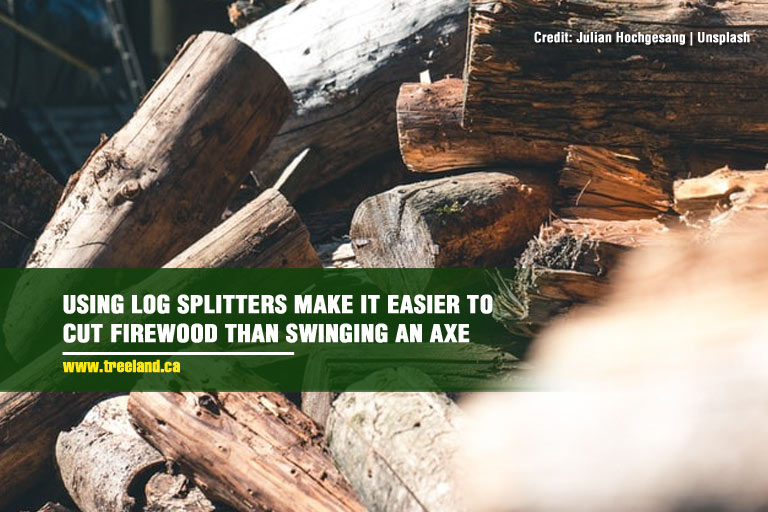
After cutting down the tree, there will be a large number of excess branches littered on site. Use a chipper or turn these branches into mulch for your plants. Using a log splitter helps make the trees’ larger parts easier to manage by splitting them into half. It definitely is a powerful machine that should only be operated by professionals or someone trained to use it. If you want to know how, your local home depot may be able to give you instructions.
Using the lift mechanism, start by loading the pieces of the trunk into the log splitter. Place the logs under the hydraulic blade directly, it will then split the trunks apart. The splitter can cut the trunks into pieces manageable enough to carry.
Hiring an Arborist
Cutting and removing an 8-inch thick tree (or more) around the trunk requires a certified arborist. Look for a reliable tree service provider or a forester if there’s no arborist available in your area. Your tree nursery or local garden center can offer recommendations and assistance.
Before you hire someone, do your due diligence. Ask for professional certifications, licenses, proof of insurance, and a written estimate. Keep in mind that the lowest bid may not be the best option, no matter how tempting it may sound. Carefully evaluate the written specifications and credentials of firms that sent bids
Tree Replacement
When you’ve had the old or damaged tree cut down and want to replace it with a privacy tree or an evergreen, reach out to Caledon Treeland. We provide a variety of trees to spruce up your landscape. Call us at 905-880-1828 or send us an email at treeland@treeland.ca.

